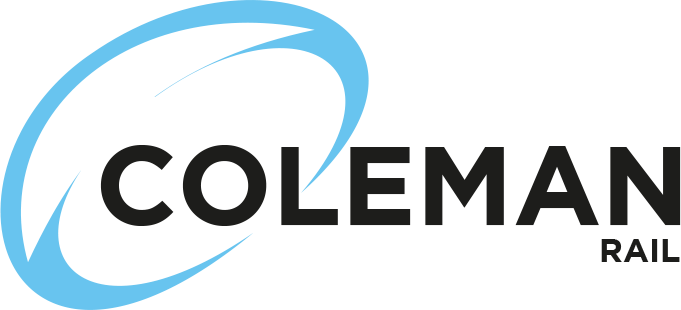Coleman Rail has an extensive background of safety critical civil engineering and building work in the rail industry. Our rail teams have the necessary specialisms in a range of technical activities, which complements our civil engineering offering.
Typically, our work is undertaken when rail stations and railway lines are at their least busy, over weekends or during night closures. Apart from the need to limit inconvenience to passengers and the public, our approach towards site work is to maintain strict management control at all times of all Health, Safety and Environmental issues that may be present for any stakeholder who is in the vicinity of our work.
Our experience covers various asset types undertaking maintenance, renewals and enhancement of the mainline rail network and these core areas combine to make up our total rail civil engineering service:
- Capital Delivery Rail Infrastructure Programmes – enhancing the rail infrastructure through the construction of new assets
- Asset Management – maintenance and renewal of existing rail infrastructure assets, as well as facilities management of buildings in lineside and high street environments.
- Support Services – the provision of temporary labour and contract staff to support the clients and works that we undertake delivering projects and maintaining assets
To provide a relevant framework to govern our works delivery, we hold all applicable RISQS codes to cover our rail activities.
Our success in safely delivering rail projects has allowed us to forge ongoing relationships with a number of Tier 1 contractors.
Our capabilities include, but are not limited to:
- Site investigations
- Excavation, remediation and disposal
- Embankment stabilisation
- Platform construction and renewals
- Construction, refurbishment and maintenance of station and line-side structures
- Tunnel and bridge repair and maintenance
- Culverts, drainage and ducting
- Road, pavements and walkway construction
- Possession and access management
We also install temporary works in accordance with BS 5975 2008 & A1:2011 and Network Rail requirements as laid out in the current issue of NR/L2/CIV/003.

